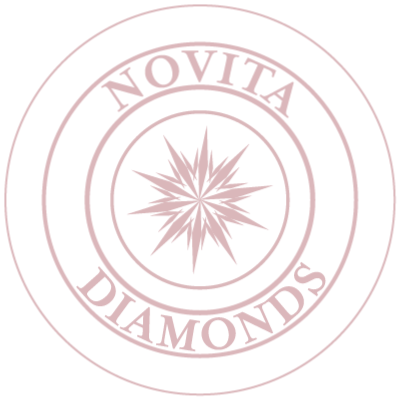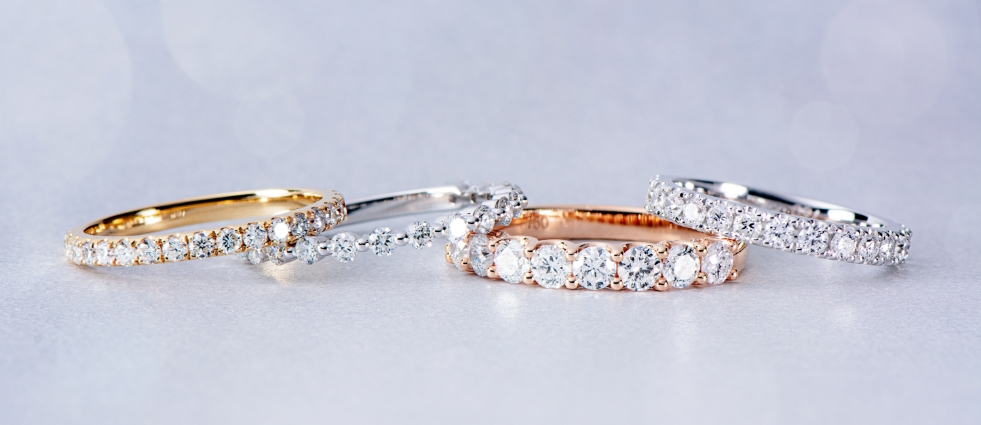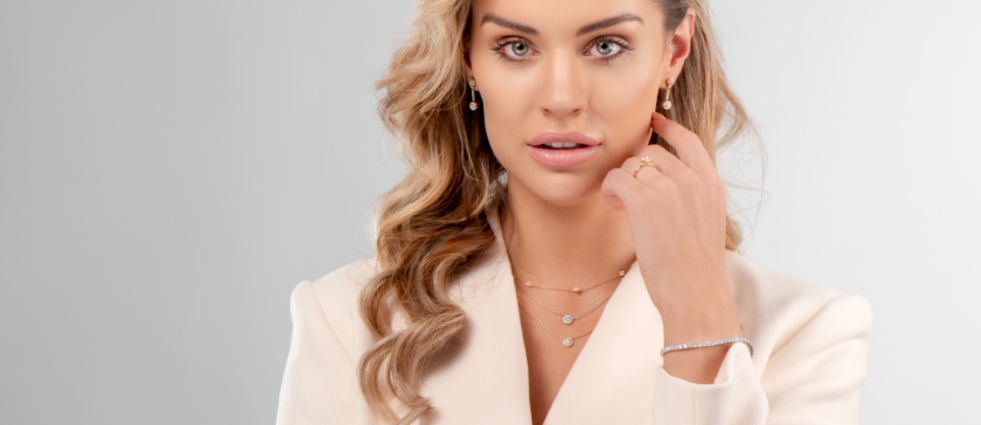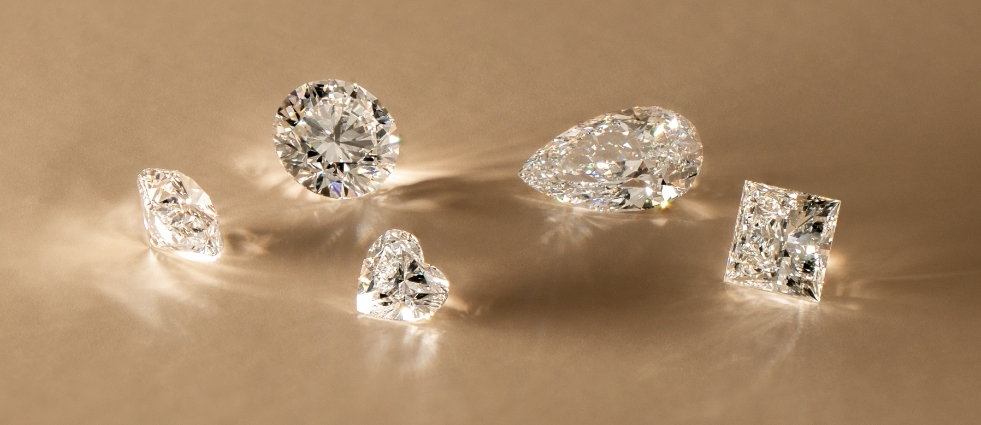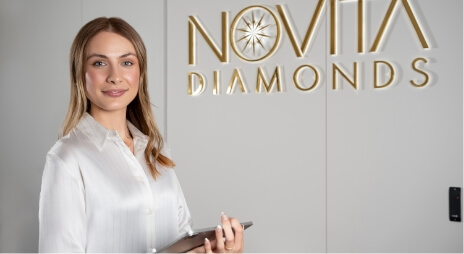Michael, one of our top gemmologists at Novita, was asked to write a brief yet insightful article to clarify the misconceptions about diamonds vs moissanites. With moissanites, there are companies that specialise in selling these diamond simulants. As a result, unfortunately, there is quite a lot of misleading information characterising moissanites. So we want to clarify the truths.
DO DIAMONDS AND MOISSANITES LOOK THE SAME?
SIMILAR OR DIFFERENT?
In short - they look different. Here we will explain the differences in simple terms so you could start seeing them too.
It is common for moissanites to have tints. If you evaluate a moissanite using the same colour grading as applied to diamonds which is “D” to “Z” scale, you’ll see that it is on average a “J” in colour. This colour is not recommended in diamonds because it shows a significant tint of brown colour which is clearly visible to the naked and untrained eye.
Sadly, there are a lot of companies that try to take advantage of uneducated people, by claiming to offer “H” colour moissanites which haven't yet been verified by the industry experts. As a gemmologist I have had the opportunity to see many of those moissanites none of which appear to be “H” in colour.
Moissanite sparkles are unique and look like rainbow colours. When comparing diamonds and moissanites one more thing stands out to the naked and untrained eye. It is the difference in the sparkles’ colours. While diamonds’ sparkles are white, moissanites produce iridescent colours. This significant difference in colours occur due to moissanites being pleochroic - showing two or three colours when viewed from different angles.
The optical properties of diamonds are such that they don’t change the colour when being viewed from different angles. By contrast, all moissanites do have different colour appearances as they are double refractive. This part gets a bit more technical but don’t worry, we’ll stick to simple terms. This peculiarity is only found in moissanites and never in diamonds. To put it simply the easiest way for you to notice it is to examine a moissanite from its top taking a close look to where the facets join. You’ll notice that instead of seeing just one joint, you’ll spot two.
Be aware of companies that claim they found a new way of cutting a moissanite which stops double fraction from happening. This information has yet been highly doubtful as double fraction does not come from the way a stone is cut but comes instead from the material it is made of.
